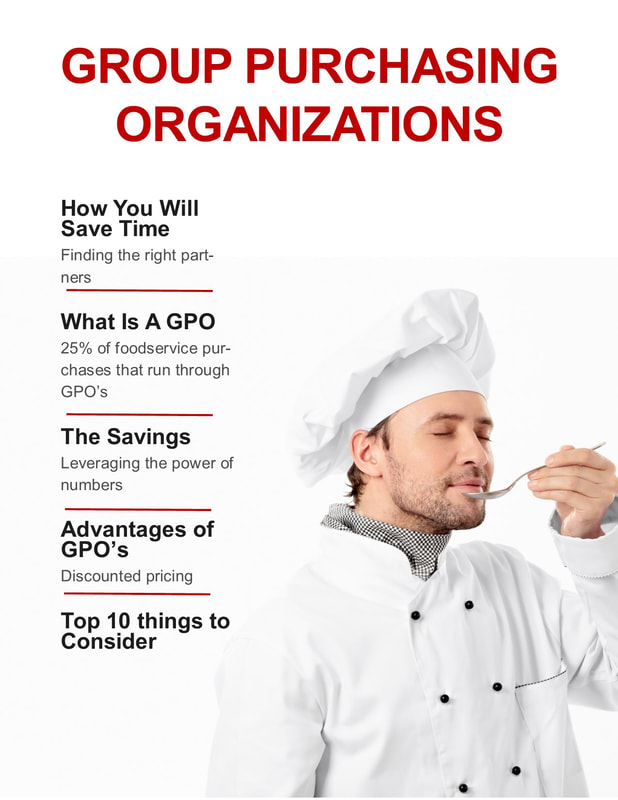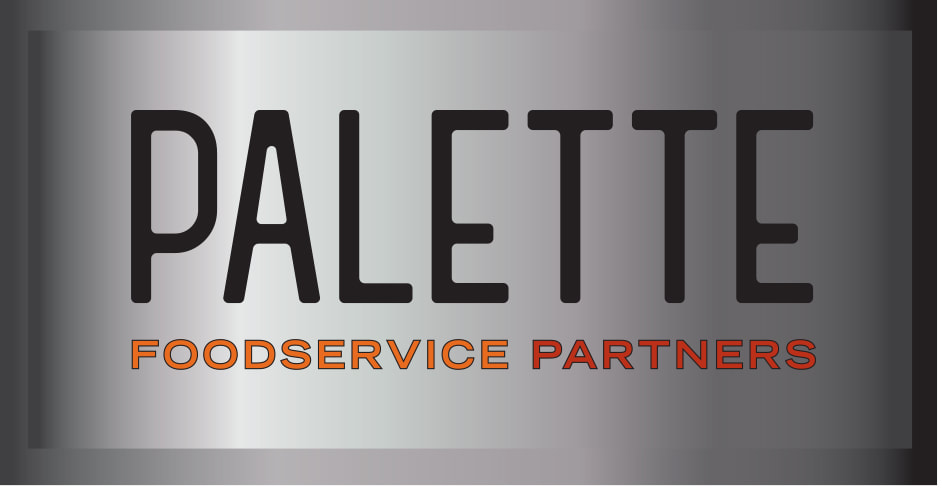 High food costs continue to impact restaurant operators’ bottom lines. Even though overall inflation has been easing and foods purchased in grocery stores have been costing less than those offered at restaurants, restaurant costs (and many operator expenses) remain high. As a result, consumers may be giving menu prices some extra scrutiny right now — or skipping restaurant meals altogether. In fact, a recent report from AlixPartners found that instead of trading down on restaurant food, consumers have been cutting it out in an effort to protect their budgets. So it’s important to ensure you’re reaping the most benefit from the items you offer. There are a number of actions you can take. You may already be reducing portions and shrinking your overall menu size, and while this is helpful for waste reduction and cost savings, it also leaves room for guests to add to their dish. Play on their desire for customization by offering a selection of ingredient add-ons and side dishes that guests can add to their meal that incrementally increase the price of a dish without giving people sticker shock. Make the most of the sales you get by engineering your menu so its layout naturally leads the guest’s eye to items that generate the most profit for you (and cost your menu so you are well aware of what those menu items are). Finally, lean on other streams of income. Retail items and licensing opportunities may help you generate sales in the background and allow you to smooth out dips in your sales of menu items.  At the time of this writing, it had just been announced that the U.S. inflation rate had dropped to 3 percent in June, a two-year low. It’s long-awaited good news for restaurant operators. To be sure, waning inflation could boost restaurant business indirectly because consumers are more optimistic about spending and less concerned about the prospects of recession. However, the news isn’t without some potential challenges. Restaurants continue to hike their prices faster than grocery stores, which a recent Restaurant Business report predicts could push lower-income consumers to shift their spending. Restaurants seem to be moving toward more moderate price increases, but it will continue to be important for operators to conduct ongoing analyses of their menu pricing, manage their inventory closely to stay ahead of supply chain snags, have back-up plans in place in case key ingredients aren’t available, and to price menu items in line with those trends. If you need assistance in managing these changes – or in finding ways to bring some stability to your costs and continue to offer value to your guests in a shifting economy – contact Team Four/Value Four for help.  While the economy is still struggling, it doesn’t seem to be putting a significant dent in consumer spending in restaurants. According to Paul Westra, managing director of restaurant investment research at Capital One, consumers are only dining out 10 percent less than they were in 2019. He predicts that any recessionary impact on consumer spending is more likely to occur in the second half of this year – so in the meantime, restaurants have an opportunity to maximize profitability and build up a cushion ahead of a possible slowdown. Dynamic pricing may help operators make the most from busy periods and drive traffic during slower periods. In fact, Restaurant Dive includes dynamic pricing among its predicted trends for 2023, saying the ability to adjust pricing based on factors such as weather, time of day, or local events may help protect restaurants’ bottom lines. Just tread lightly on changes. While consumers tend to understand the need for restaurants to inflate prices to compensate for supply shortages, inflation and overall operating costs right now, they may be more cynical about seemingly random shifts in price. Be prepared to answer questions from guests, particularly if they have noticed your business elevating costs for premium ingredients or the costs of taking care of staff.  As consumers have paid more at the grocery store and elsewhere due to rising inflation in recent months, they have largely taken rising restaurant costs in stride. But recent reports indicate this could be changing as some foodservice businesses have continued to raise prices after covering their own inflation-related costs. Some operators, particularly of fine-dining restaurants, are now receiving pushback from regular guests taking issue with added fees that don’t seem to add up – whether it's the doubling of the cost of a bowl of pasta or an inexplicably higher corkage fee for a bottle of wine. To be sure, in an industry of slim profit margins and amid forecasts of a looming recession, operators may be trying to eke out a financial cushion wherever they can. Just know that you may get some resistance from guests – and you may be pushed into a situation where you are honoring previous prices for loyal patrons or otherwise bending your own rules to keep guests coming back. Prepare your staff by explaining the reasoning behind any significant price increases you have implemented, helping them answer guest questions with transparency, and, where possible, avoiding making price increases that may appear to have a flimsy rationale backing them up. To help make big pricing jumps less necessary, bring as much efficiency to your kitchen as possible – from ingredient selection, to waste management, to portion sizing. For example, many chefs report shopping farmer’s markets regularly to integrate even more local, plant-forward options into the menu where possible, since this can minimize significant price spikes and help a restaurant avoid passing them on to guests.  How much of a price increase is too much for guests? Amid record-setting inflation, it’s a question that many restaurant operators are struggling to answer. A recent study by Revenue Management Solutions may provide some insight into the tipping point. While the research focused on quick-service restaurants, it provides a starting point for assessing price across the menu in other restaurant categories – and an incentive to maximize profitability and value. QSR Magazine reported that RMS analyzed in-store price increases during the second quarter of this year over the second quarter of last year at 25,000 quick-service restaurant locations across the country. It found that net sales hit their highest point at around 13 percent. Beyond that, price increases negatively impacted traffic so much so that net sales began to decline. Further, some locations found that declines in traffic began at around the 6 percent increase mark. While this study represents one data point to consider, it reinforces the need to ensure your individually priced items maximize profitability when it comes to ingredients and labor. Where you have menu items that can easily be bundled to boost check totals, emphasize value – consumers continue to seek it out as a means of justifying food spending.  To be sure, rising inflation and fears of impending recession are making many consumers want to pull back on spending. But the picture may not be as gloomy as it seems for restaurant operators. As a recent CNBC report indicates, while people are feeling less optimistic about their finances, they are still showing willingness to spend money on experiences – including travel, concerts, movies and drinks – that could easily fall into the “discretionary spending” category. So how can restaurant operators keep this going and ward off a slowdown in traffic as we slide toward a possible recession? NPD Group advises focusing on providing value – and that’s not a euphemism for a lower-priced experience but rather one that justifies the price charged. It’s about carefully tracking how people respond to your prices and promotions so you understand at what point your guests will pull back on buying. NPD Group advises not lowering prices if guests remain willing to pay more, for example, and to adjust pricing as levels of various items in your inventory rebound. Give guests reasons to make impulse purchases. Offering memorable experiences of various kinds can do the trick, particularly as ongoing pandemic fatigue gives people a good excuse to make time to be with friends and family. Finally, continue to monitor excess costs and look for ways to trim them so you can make the most of what you do spend. |
Subscribe to our newsletterArchives
April 2024
Categories
All
|




 RSS Feed
RSS Feed